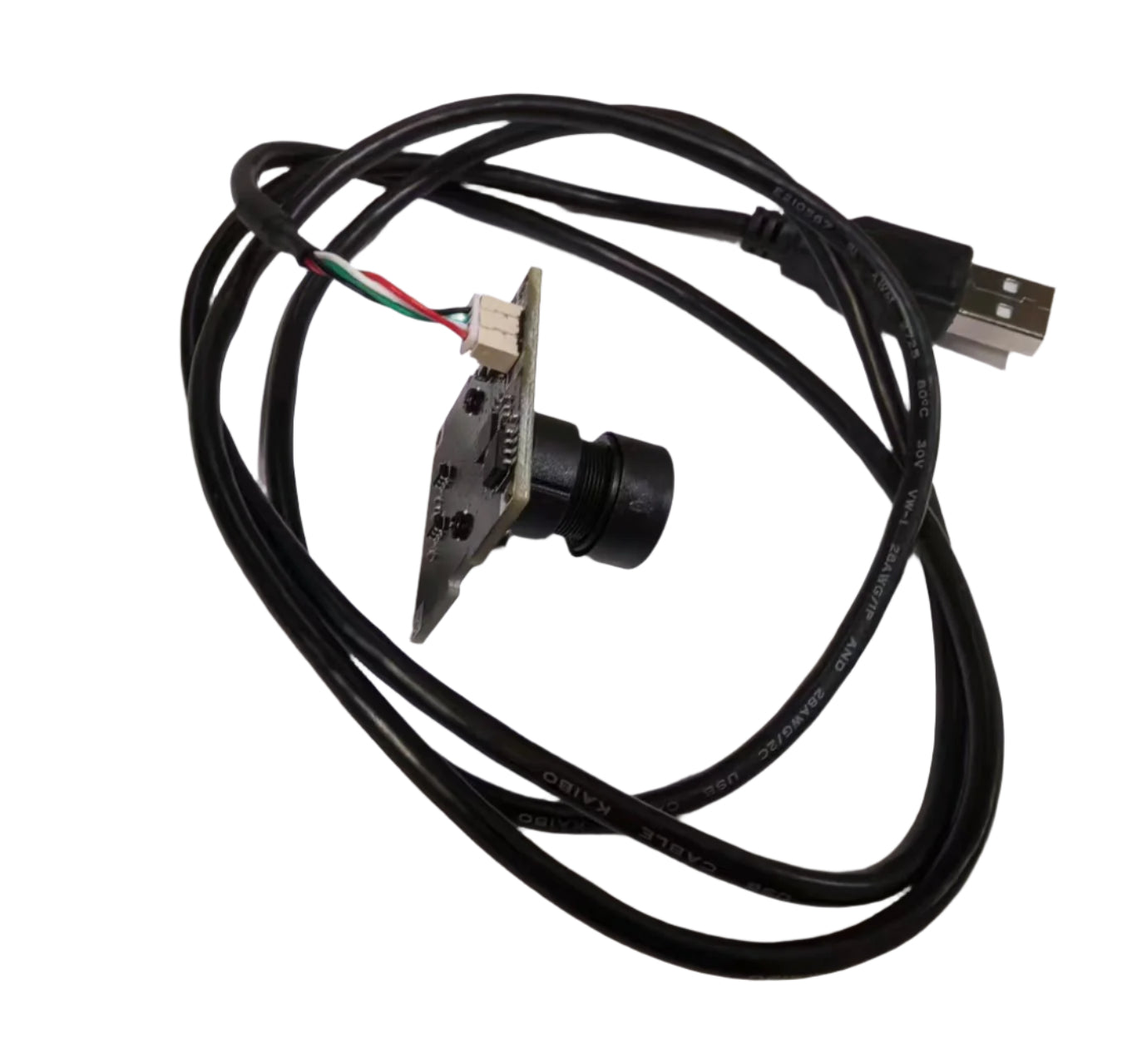
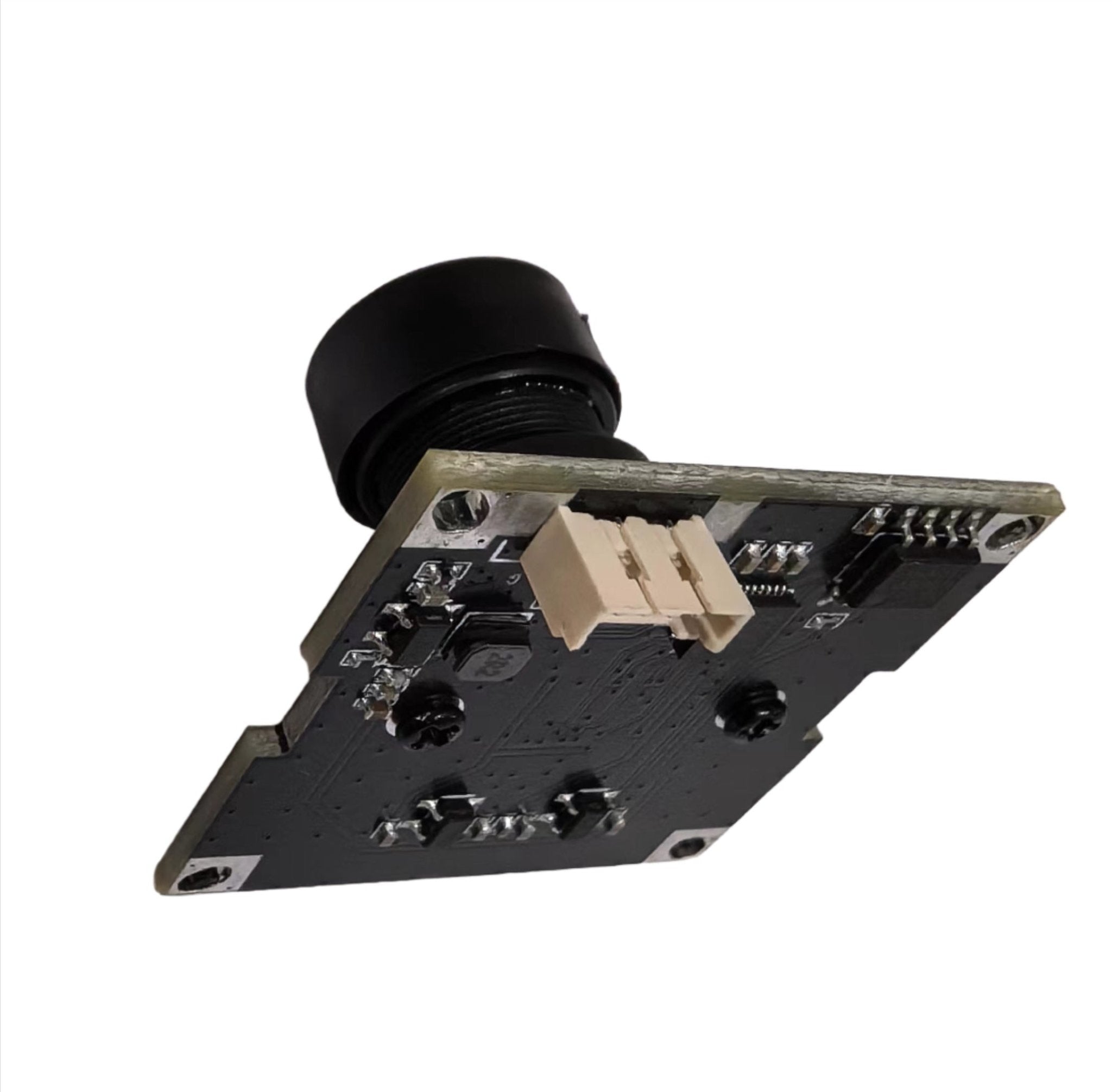
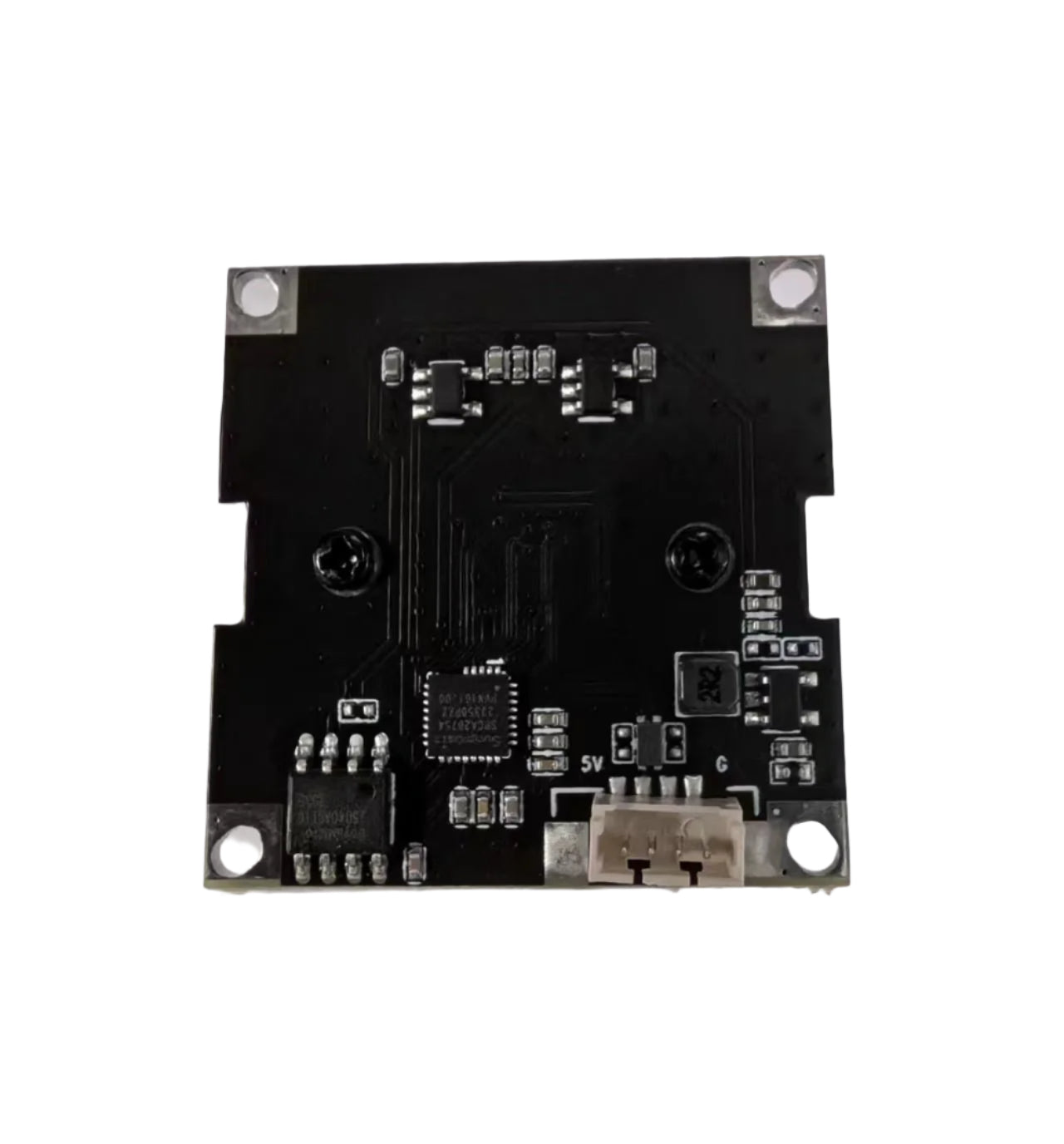
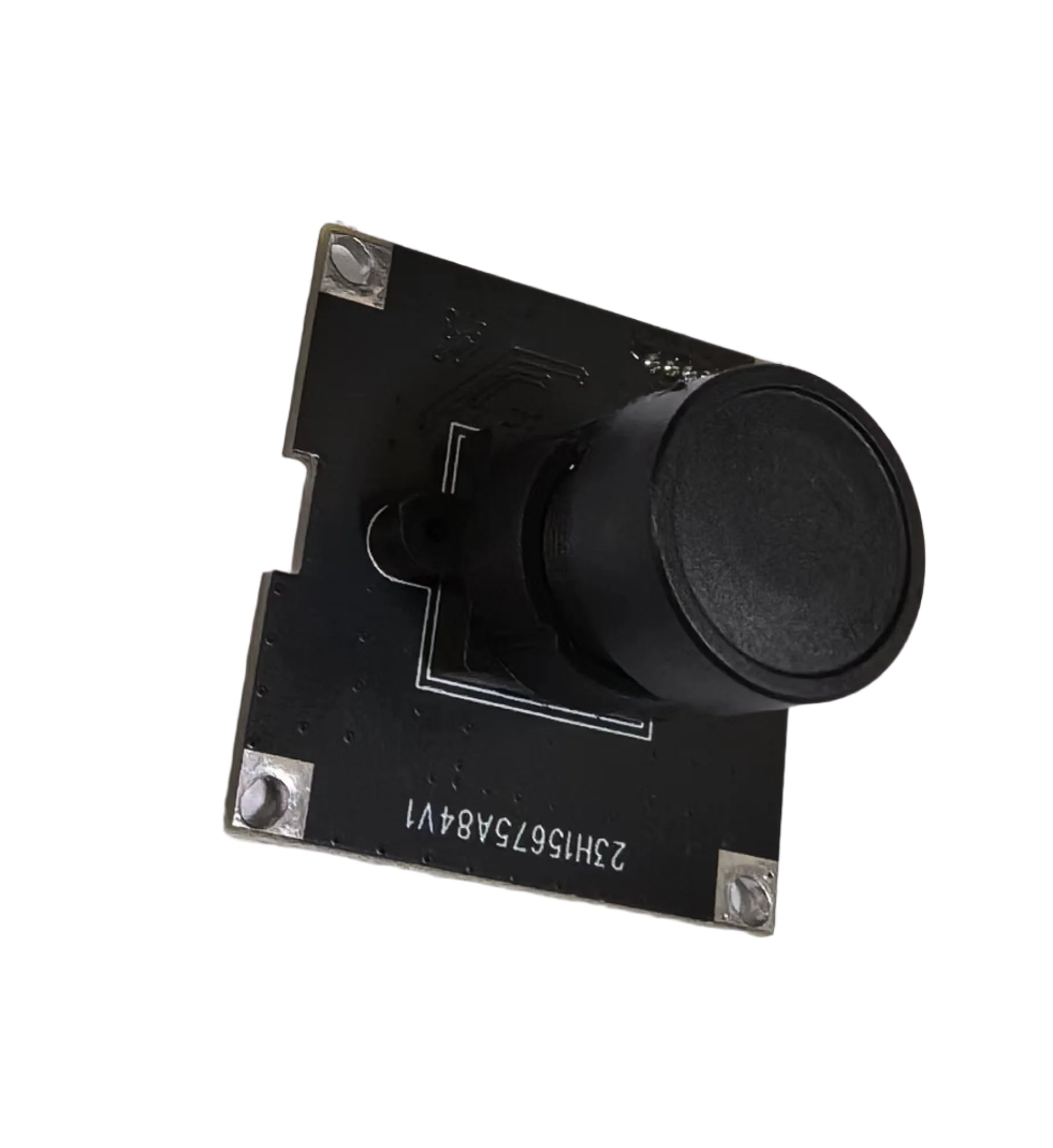
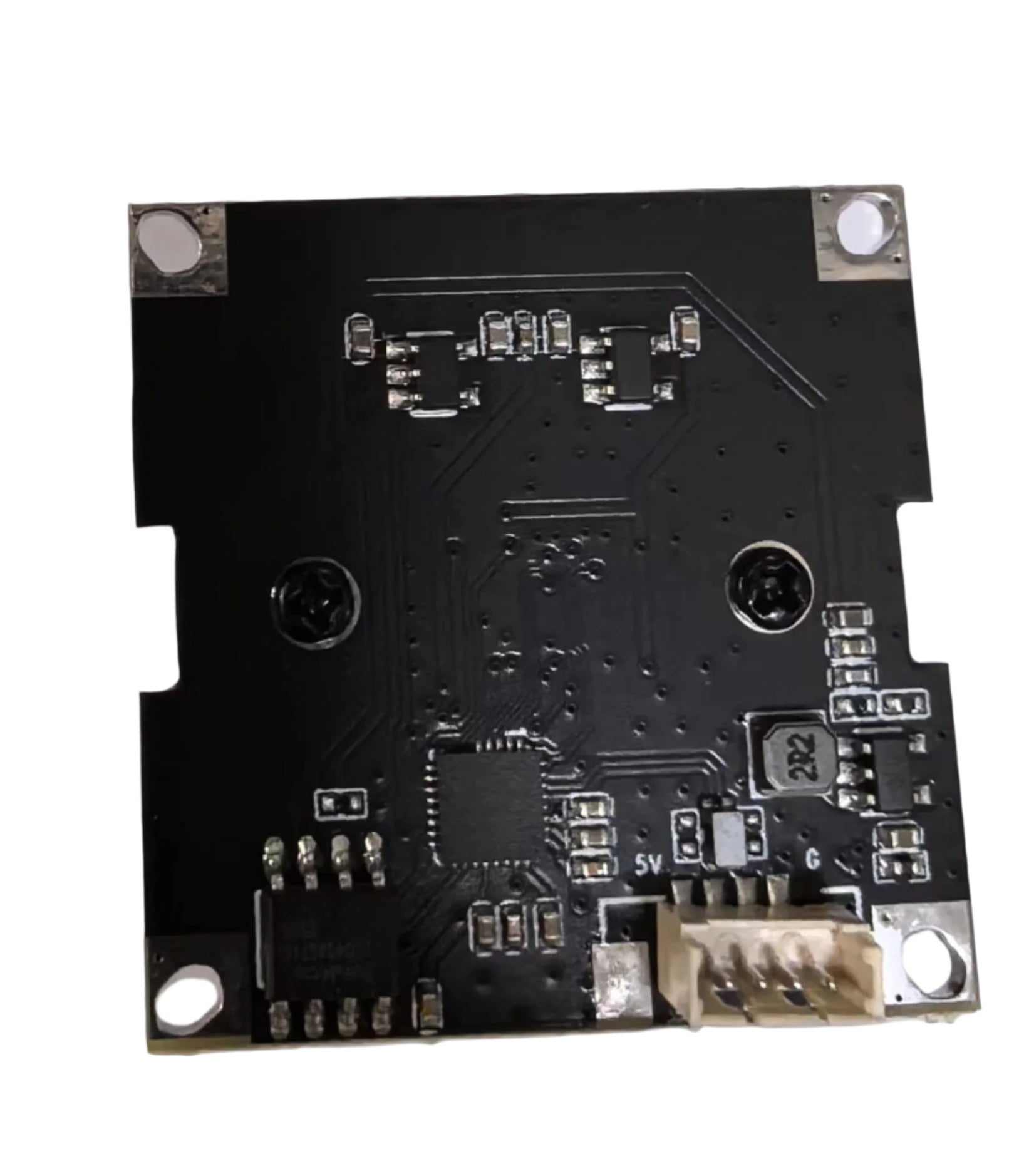
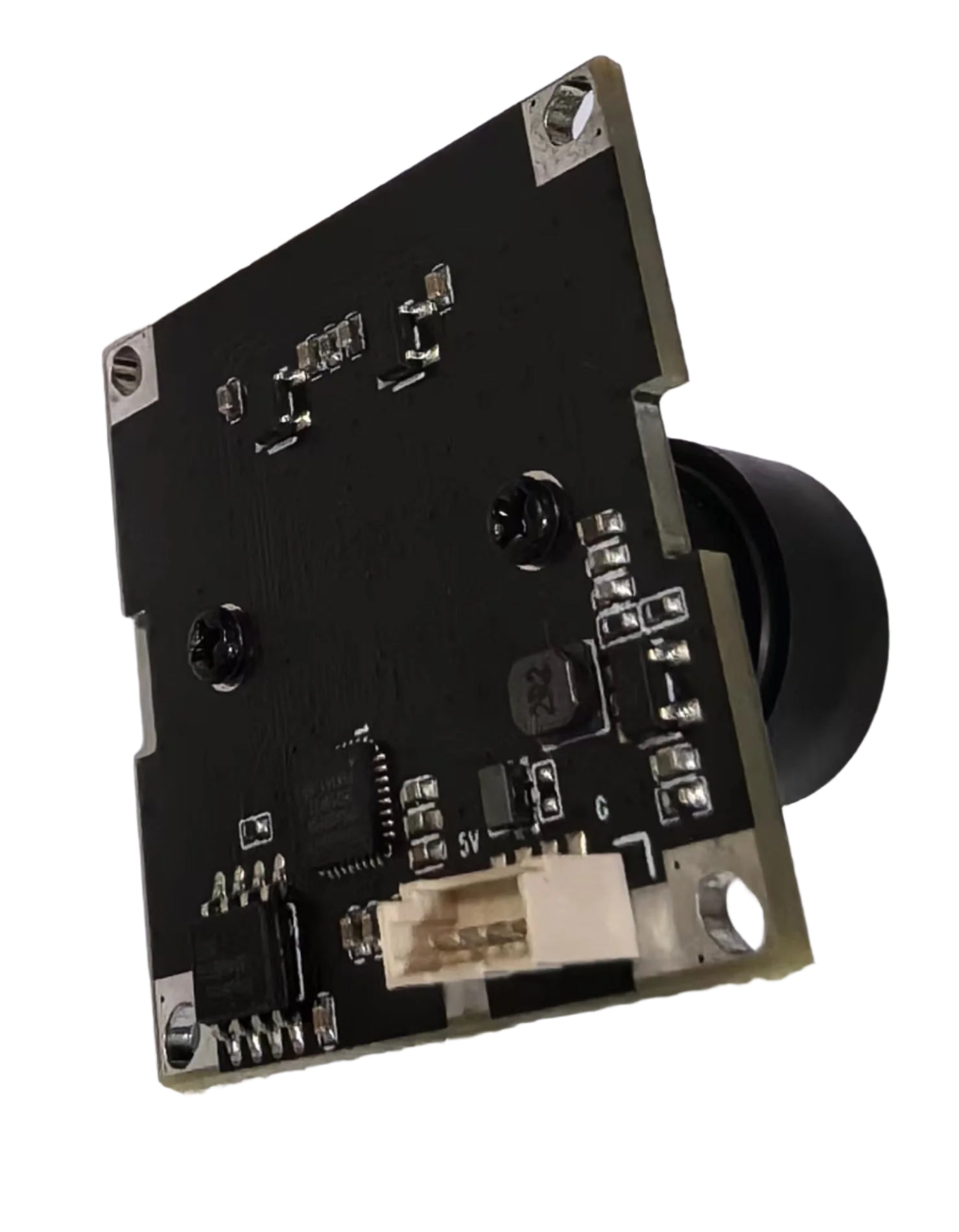
10pcs SB101E Low cost USB camera modules
General:
This SB101E USB 2.0 camera module is a cost-effective replacement for the SB101C camera module
The SB101E module features a newer CMOS image sensor and a small USB connector suitable for image acquisition devices. It has 720p resolution and a UVC-compatible protocol, and is compatible with Android, Apple, Windows and other systems without the need for additional drivers. The mini USB four-pin interface is straightforward to install and we offer customised cables at a competitive price.
The camera is 32mm x 32mm in size, the same as the SB101C camera module. It is equipped with a 3.6mm or 2.5mm large-angle board lens, and we can also provide customised fisheye lens installation services.
The camera has been fully verified for use in a wide range of applications, including game consoles, shopping mall machines, ATMs, toys, and more.
Parameters
Image Sensor 1/4.5” Color CMOS image sensor GC1084
Effective Pixels 1280 (H) x 720 (V) pixels
Signal Output Serial data for USB standard compliant
Output format YUV/M-JPEG PNG/BMP/JPG
Frame Rate MJPEG 30 fps @ 1280 x 720
Operating System Linux 2.6.26 or above, Windows XP SP2 or above, Android, Windows CE
High quality lens for true to life undistorted color image
Superior low light performance – ideal for any lighting condition.
Operating temperature -30℃ - 65℃
Power Consumption 50mA
Dimensions 32mm*32mm
USB Interface : mini 4pins (1.25mm)
Packing List:
SB101E camera module with lens *1
1m USB Cable *1
welcome customisation and bulk purchase of USB camera modules. Please contact us at sales@si-cube.com.

10pcs SB101E Low cost USB camera modules
If you have any questions, you are always welcome to contact us. We'll get back to you as soon as possible, within 24 hours on weekdays.
-
Shipping Information
Use this text to answer questions in as much detail as possible for your customers.
-
Customer Support
Use this text to answer questions in as much detail as possible for your customers.
-
FAQ’s
Use this text to answer questions in as much detail as possible for your customers.
-
Contact Us
Use this text to answer questions in as much detail as possible for your customers.
FAQs
Please read our FAQs page to find out more.
What transportation method do you use?
All our products are shipped via international express services, such as DHL and FedEx,? completely free of charge
What is DLP 3D printing, and how does it work?
DLP 3D printing is a resin-based additive manufacturing technology that uses light to cure liquid photopolymer layer by layer. It involves projecting digital images onto a vat of liquid resin, where the exposed resin hardens to form each layer of the 3D object.
How does DLP 3D printing differ from other 3D printing technologies?
DLP 3D printing differs from other technologies such as FDM (Fused Deposition Modeling) in its use of light to cure resin, which allows for faster and more precise printing. It also typically offers higher resolution and smoother surface finishes.
Why are UV projectors critical in DLP 3D printing?
UV projectors are critical in DLP 3D printing because they emit the ultraviolet light that cures the resin. The quality, speed, and reliability of the printing process depend heavily on the performance of the UV projector.
What factors should be considered when selecting a UV projector for DLP 3D printing?
When selecting a UV projector, factors to consider include wavelength, resolution, LED lifespan, controller compatibility, and mechanical integration. The ideal projector should match the specific needs and requirements of the DLP 3D printing system.
What are the system requirements for DLP 3D printing?
System requirements for DLP 3D printing include a compatible UV projector, resin vat, build platform, and control system. Specific hardware specifications, such as resolution and interface compatibility, should also be considered.
How do I connect and configure a DLP 3D printing system?
Connecting and configuring a DLP 3D printing system typically involves connecting the UV projector to a PC via USB, launching the manufacturer's proprietary configuration software, and setting up the printer parameters, such as layer thickness and exposure time.
What is "pixelation" in DLP 3D printed models, and how can it be addressed?
Pixelation" refers to the appearance of tiny square or grid-like patterns on the surface of DLP 3D printed models. It can be addressed by increasing the resolution of the UV projector, adjusting the light curing parameters, or optimizing the print path.
What role do TIR prisms play in DLP 3D printing, and why are they important?
TIR (Total Internal Reflection) prisms play a critical role in DLP 3D printing by precisely redirecting light from the micro-mirror arrays to the projection optics. They maintain polarization and ensure that the light is evenly distributed across the resin vat, which is essential for high-quality printing.
What languages and currencies are supported on
The website supports multiple languages, including English, Simplified Chinese, Arabic, Korean, German, and Japanese. It also offers a variety of currency options, such as USD, EUR, AUD, and more, to cater to international visitors.
How can I stay updated with new collections and exclusive offers
To stay updated with new collections and exclusive offers, you can subscribe to the website's newsletter by providing your email address. This will allow you to receive notifications about the latest products, promotions, and news directly to your inbox.
